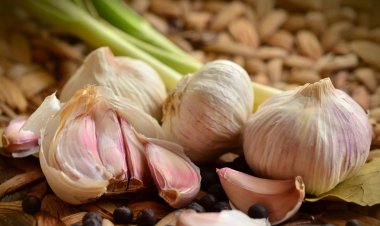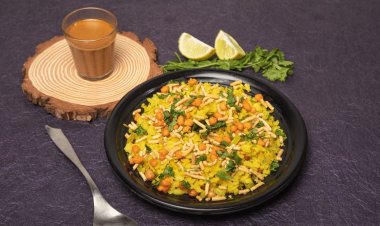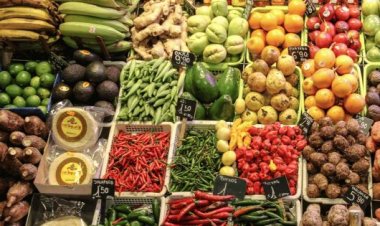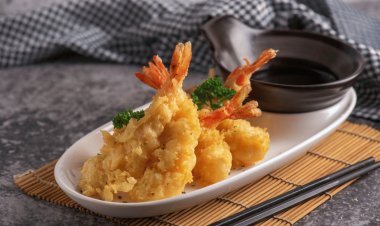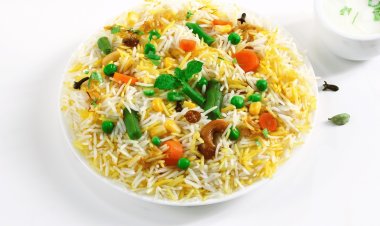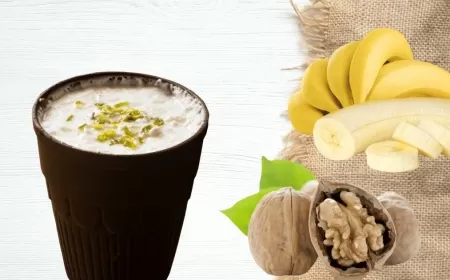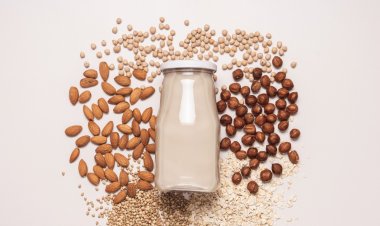India is considering a potential ban on exporting 80% of its rice supply in an effort to reduce domestic prices
India is considering a potential ban on the export of various types of rice, which could further escalate global prices, especially during the return of El Niño weather patterns. This decision may impact 80% of India's rice exports and has implications for the worldwide rice market.
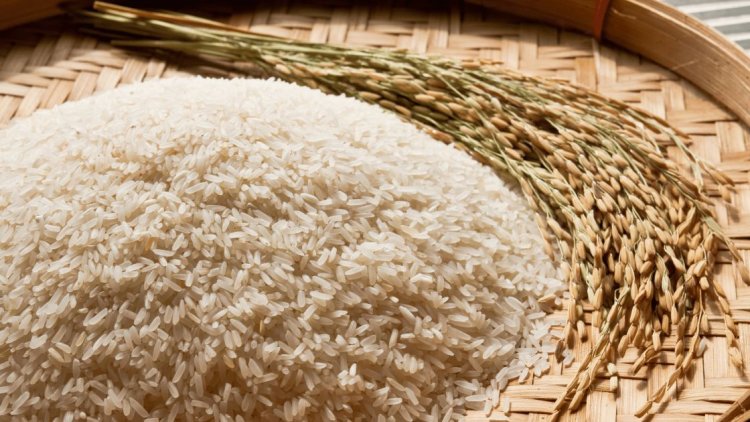
India is thinking about perhaps banning the export of several different types of rice. If adopted, this suggested strategy may further increase the already skyrocketing prices of this essential food staple throughout the world, especially when the unsettling El Nio weather phenomena reappears. The majority of the world’s rice exports come from India.
People with knowledge of the situation told Bloomberg that government representatives are presently debating a measure to limit the export of non-Basmati rice. LiveMint was unable to independently confirm the claim.
According to these individuals who asked to remain anonymous owing to the sensitivity of the material, the goal of this suggestion is to reduce the possibility of increased inflation before forthcoming elections.
About 80% of India’s rice exports will be impacted by the country’s decision to ban rice exports, which would have a substantial impact. Despite the possibility that this action could cut domestic prices, it runs the danger of driving up global costs even further.
About half of the world’s population depends on rice as a staple food, with Asia alone accounting for 90% of worldwide rice consumption.
The worldwide rice market’s increasing price trend has already been exacerbated by worries about the resurgence of the El Nio weather phenomena, which have already pushed benchmark prices to a two-year high.
India, a major player in the international rice market, owns a sizeable stake of about 40%. The nation has recently made steps to tighten control over the trading of specific rice varietals. Notably, India prohibited the export of cracked grains starting in 2022.
Additionally, a 20% levy was added on shipments of white and brown rice as a result of the rise in the cost of food staples brought on by Russia’s invasion of Ukraine, which also affected the price of commodities like wheat and corn. Additionally, India has placed restrictions on the export of sugar and wheat, demonstrating a determined attempt to control the trade in these crucial food commodities.
Emails and texts requesting comment from the food, trade, and finance ministries went unanswered.
This year, importers like Indonesia, China, and the Philippines have aggressively stocked up on rice. According to the World Meteorological Organization, El Nio conditions have emerged in the tropical Pacific for the first time in seven years, endangering several rice-growing regions with drought. An Indian ban would exacerbate supply concerns.
After its consumer price inflation accelerated in June, primarily as a result of higher food costs, India announced its strategy. With the most recent increase in tomato prices, a crucial component of Indian cuisine, and an increase in the government’s support price for monsoon-sown crops, Bloomberg Economics anticipates that inflation will continue to rise.
What's Your Reaction?
 Like
0
Like
0
 Dislike
0
Dislike
0
 Love
0
Love
0
 Funny
0
Funny
0
 Angry
0
Angry
0
 Sad
0
Sad
0
 Wow
0
Wow
0



























